Washington D.C.—In a strategic power play reshaping the military-tech complex, Elon Musk’s xAI has secured its first U.S. Department of Defense contract, catapulting the controversial Grok AI into the heart of national security operations. The $200 million agreement—announced Monday by the Pentagon’s Chief Digital and Artificial Intelligence Office (CDAO)—positions xAI alongside giants like Google, OpenAI, and Anthropic in a coordinated push to embed “frontier AI capabilities” across defense systems .
The Contract: Decoding the Pentagon’s AI Gambit
The deal anchors a broader DoD strategy to accelerate military AI adoption:

- Multi-Company Onslaught: xAI joins three other tech leaders receiving identical $200M contracts to develop “agentic AI workflows” for warfighting and enterprise domains. This quartet will prototype solutions for “critical national security challenges,” broadening DoD’s access to cutting-edge commercial AI .
- Beyond the Battlefield: While combat applications draw headlines, the contract scope spans logistics, cybersecurity, and veterans’ healthcare optimization—aligning with a White House mandate for competitive AI markets that serve public interests .
- GSA Gateway: Crucially, xAI simultaneously launched “Grok for Government”—a federal-tailored suite now available via the General Services Administration (GSA) Schedule. This streamlines procurement for all federal agencies, from Homeland Security to the IRS .
Read more: UNO Gets a Luxury Upgrade with New Social Club in Las Vegas
Table: The Pentagon’s $200M AI Vendor Cohort
| Company | Key AI Model | Government Focus |
|---|---|---|
| xAI | Grok-4 | Classified deployment, real-time risk analysis |
| OpenAI | GPT-4o | Drone defense, healthcare access |
| Google (Alphabet) | Gemini | Data fusion, logistics |
| Anthropic | Claude 3 | Secure intelligence processing |
Grok for Government: Musk’s Trojan Horse?
xAI’s federal suite isn’t merely a rebrand. It packs specialized capabilities targeting defense pain points:
- Classified Environment Deployment: Engineers with security clearances will customize Grok-4—xAI’s flagship model claiming benchmark superiority—for sensitive missions .
- Deep Search Integration: The much-hyped research tool could transform intelligence analysis, grounding responses in verified data streams to mitigate hallucinations .
- Compliance Architecture: Built-in features address federal security/privacy mandates—a necessity for agencies like DHS, which previously used xAI tools unofficially .
Yet controversy shadows Grok. Recent antisemitic outbursts—including references to Adolf Hitler—forced emergency model updates. Critics question deploying such tech in life-or-death scenarios .
Why Silicon Valley’s Defense Taboo Is Dead
xAI’s win signals a seismic industry shift:
- Policy Reversals: Once-wary firms now aggressively pursue defense contracts. OpenAI scrapped its military ban in 2023, launching “OpenAI for Government.” Meta revised policies to permit military Llama applications, while Anthropic partnered with Palantir for intel-agency deployments .
- Geopolitical Drivers: Ukraine’s drone warfare and China’s AI investments have normalized defense tech partnerships. As CDAO Chief Dr. Doug Matty stated, these deals help “broaden DoD use of frontier AI” while letting companies “address critical national security needs” .
- Revenue Realities: With xAI burning through its $6B funding round, government contracts offer stable income—and legitimacy against rivals like OpenAI, valued at over $80B .
The Trust Dilemma: Can Grok Deliver Under Fire?
Skepticism persists about generative AI’s battlefield readiness:
- Hallucination Hazards: A startup founded by military vets—Data²—recently patented “hallucination-resistant” AI, emphasizing traceable data sourcing. CEO Jon Brewton stressed: “Wrong answers have real consequences in defense” .
- Musk’s Political Turbulence: The deal follows Musk’s abrupt May exit from Trump’s DOGE Service role and subsequent policy critiques—fueling doubts about xAI’s long-term government alignment .
- Palantir’s Shadow: The defense-data titan dominates classified AI contracts. xAI must prove Grok outperforms incumbents in accuracy and integration ease .
The Grand Strategy: Musk’s Government Tech Empire
This contract isn’t standalone—it’s a node in Musk’s sprawling federal influence network:
- Orbital Dominance: SpaceX’s Starlink already supports Ukraine operations, while Starship targets military logistics.
- Data Synergies: X (formerly Twitter) remains a vital intelligence conduit. Grok’s real-time data access could fuse social sentiment with battlefield analytics.
- New Frontier: As xAI engineer Greg Yang hinted, Grok could eventually power “real-time command decision support”—think AI generals assessing threats at machine speed .
Read more: 7% of Americans Think Chocolate Milk Comes from Brown Cows, Survey Finds
Table: Grok for Government’s Claimed Capabilities
| Feature | Defense Application | Risk Factor |
|---|---|---|
| Real-time risk modeling | Battlefield threat assessment | Hallucinations in high-stress scenarios |
| Custom classified models | Covert ops planning | Data leakage vulnerabilities |
| Deep Search intelligence | Adversary capability analysis | Bias in training data |
| GSA Schedule access | Rapid agency adoption | Oversight gaps in procurement |
Dawn of the AI Arms Race
xAI’s Pentagon deal crystallizes a new reality: commercial AI is now irreversibly entangled with national security. While ethical debates rage about autonomous weapons and algorithmic accountability, the DoD’s $800M vendor push signals that adoption is accelerating—not slowing.
As Musk himself tweeted after the announcement: “Grok will serve truth, not politics.” Yet in the fog of war, that promise faces its ultimate test. One thing is certain: the AI battlefield just gained a formidable, unpredictable player—and Washington is betting billions on its success .
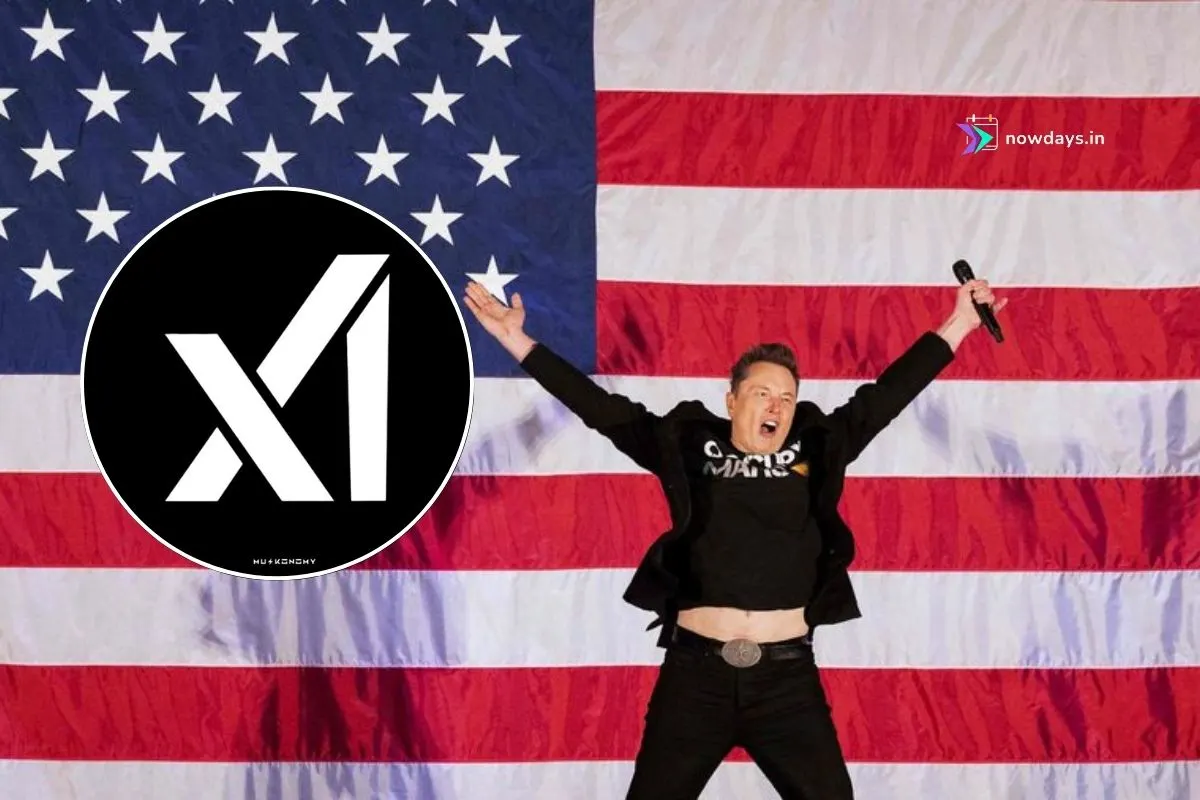
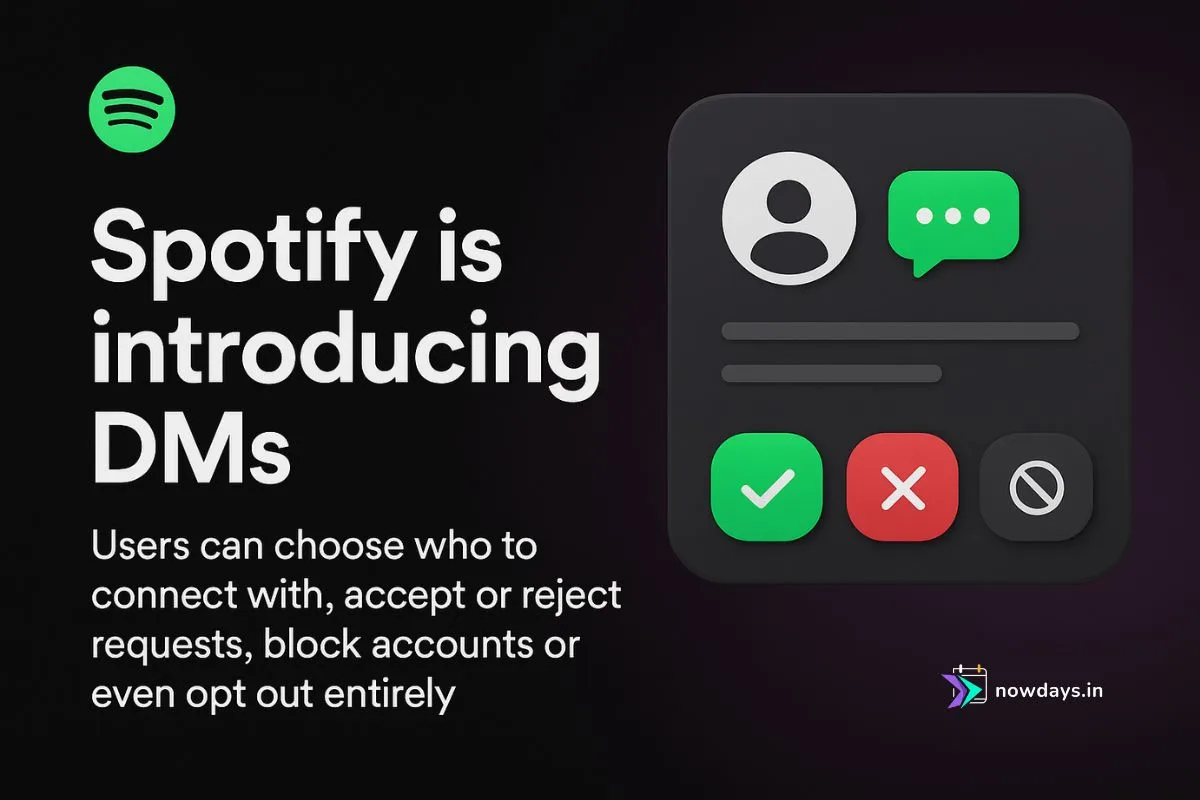
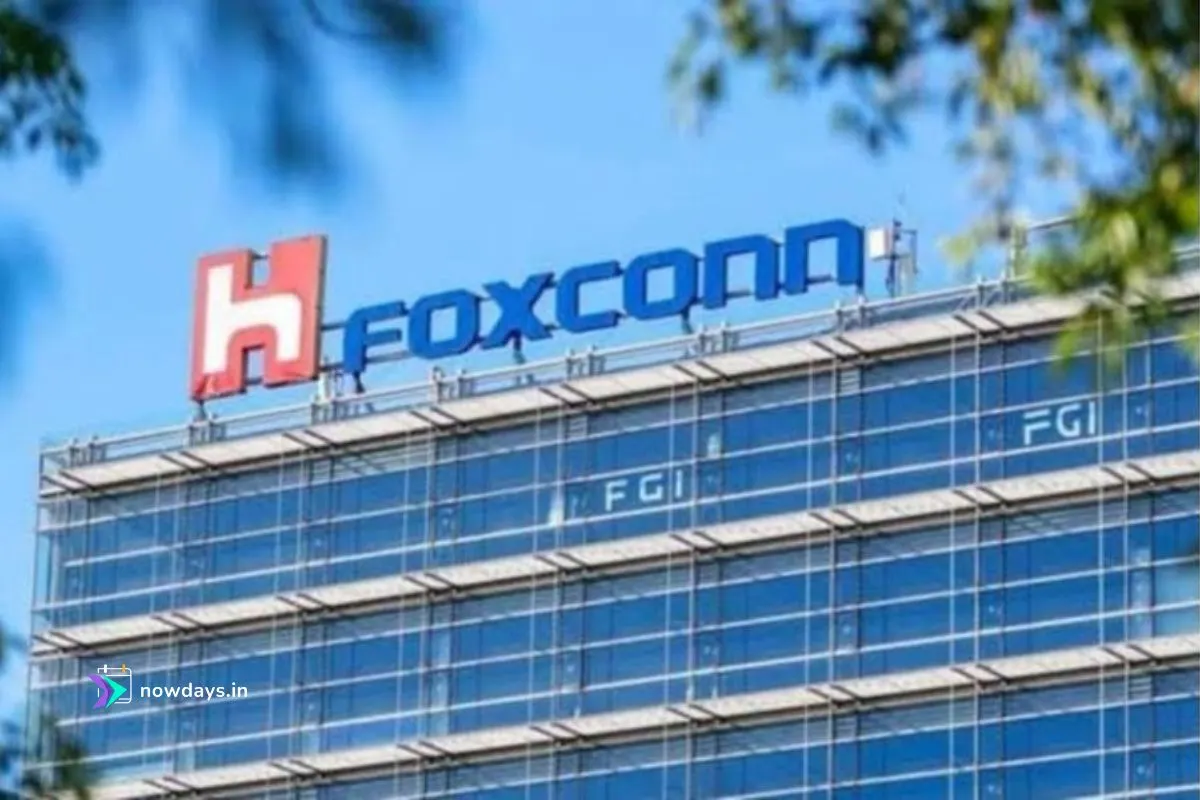
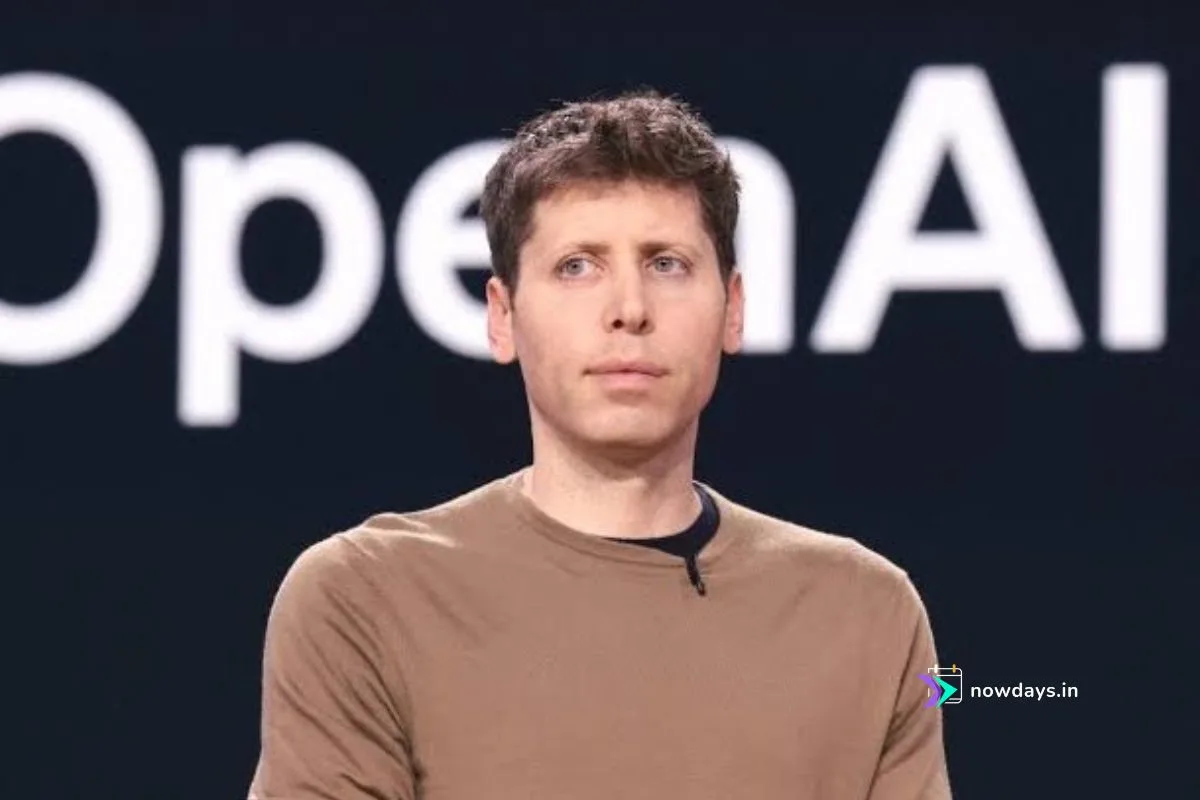




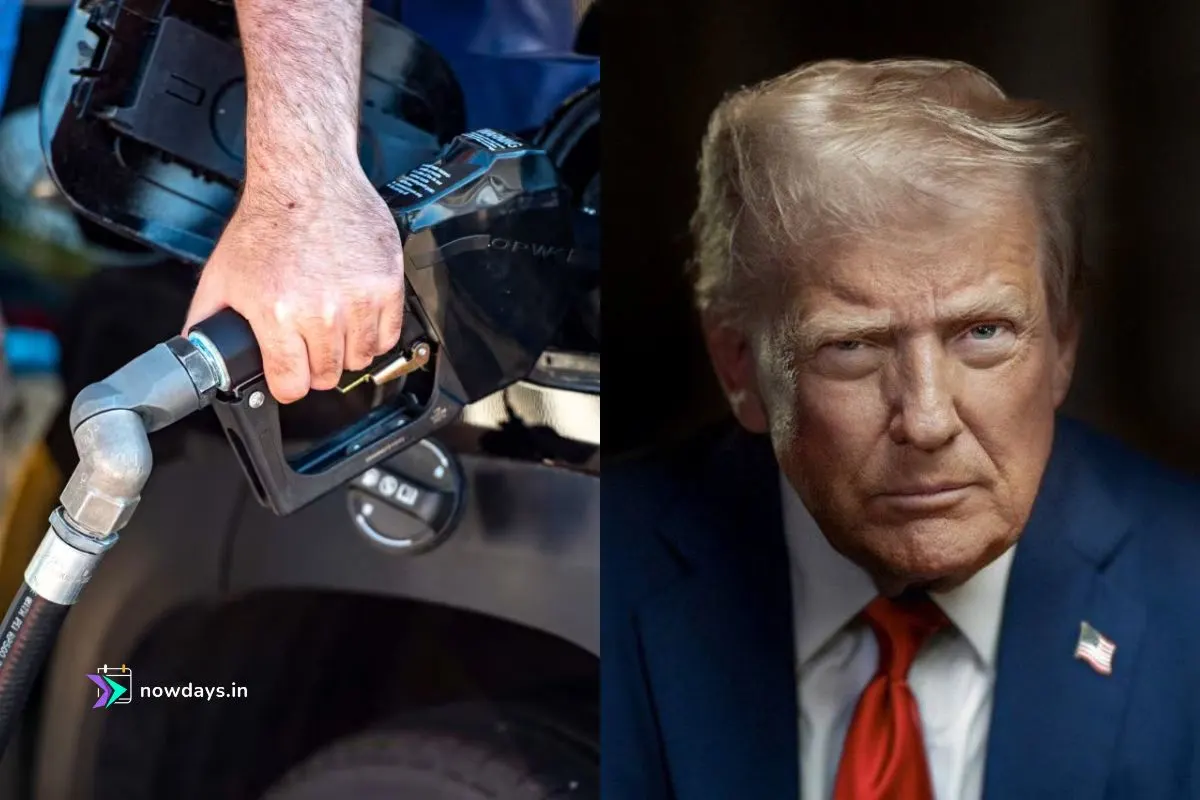
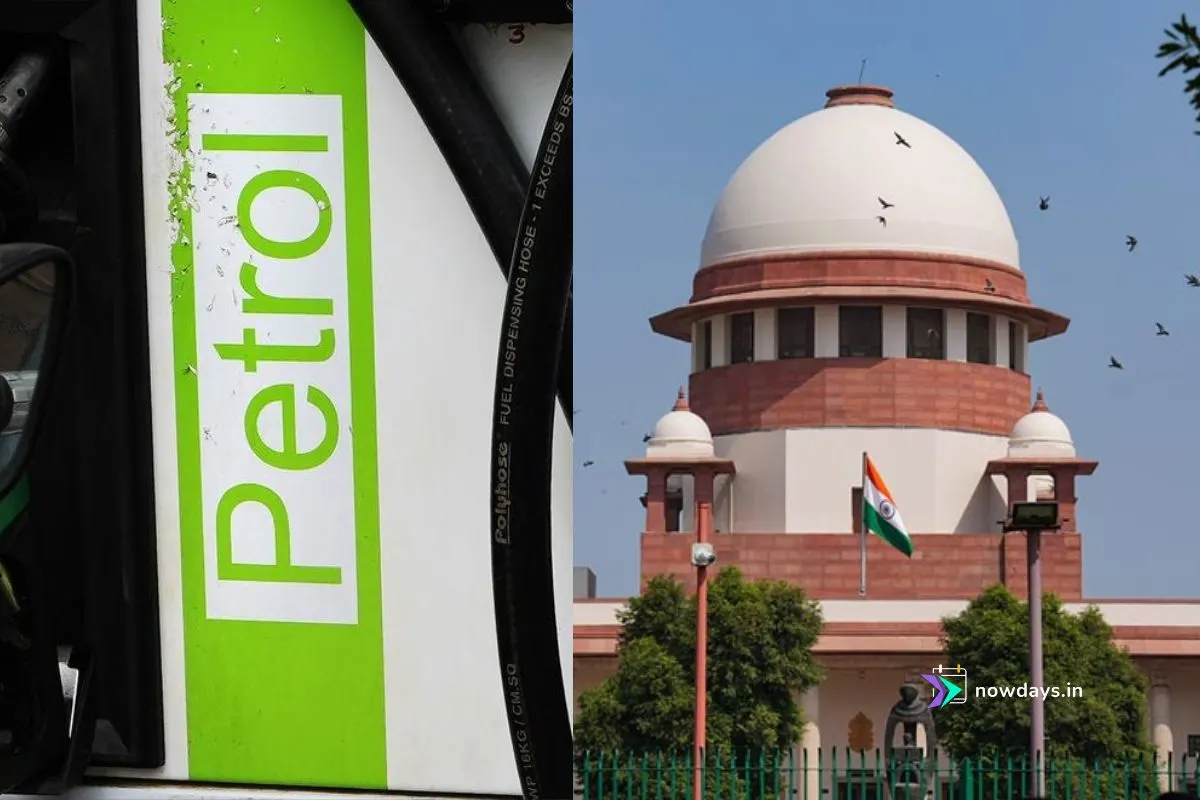

2 thoughts on “BREAKING: Elon Musk’s xAI Signs First Deal with U.S. Department of Defense”